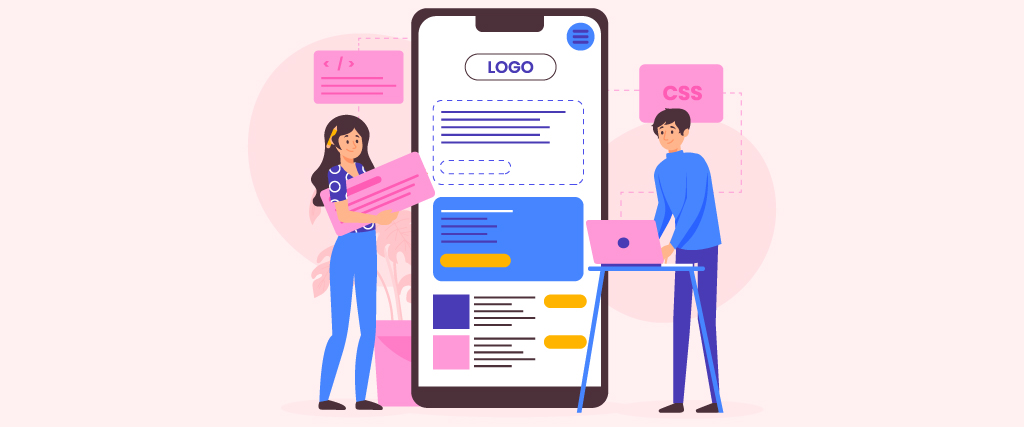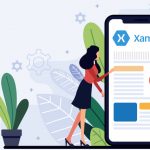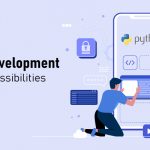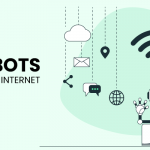Backend Development: With the rise in popularity of mobile applications, the focus has shifted away from just creating a great app and understanding the fundamental aspects that distinguish a great app from a mediocre one.
Without mentioning its effective mobile app back-end architecture, every component of an app that gives a simple experience is incomplete.
In that light, consider this article as a tutorial on why back-end development is so crucial, the software stacks that make up a mobile app’s back-end architecture, and the tools that aid in constructing a solid back-end process.
For those solely interested in the tools, we shall get to that section in a few scrolls.
Let’s start with explaining what a back-end server for mobile apps is and how it differs from front-end development.
The Software Stack for the Backend development
Backend Development: Rather than leading you down the rabbit hole, we will break down the back-end’s technology stack into four parts: database, server, software, and operating system.
Here are the component specifications –
Servers
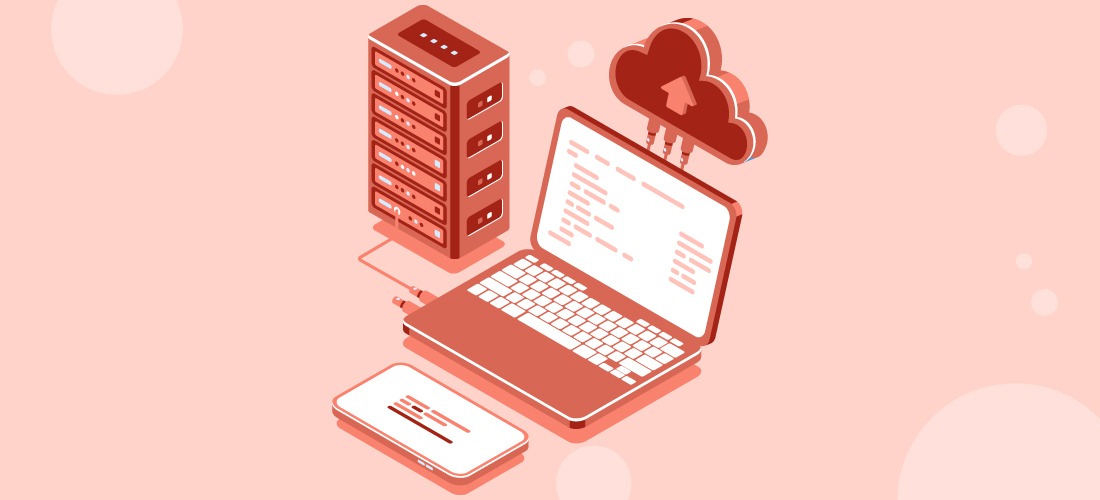
Whether in the cloud or on-premises, a back-end server for mobile apps is the network’s life.
These provide (shared) resources that networks require to function and serve as a mobile app hosting platform.
Encryption and security, file storage, email, databases, and web services are examples of shared resources.
These servers now use virtualization to provide space for a variety of apps.
Containerization, which is how servers give the operating system to include segmented applications, is another term used for servers.
Database
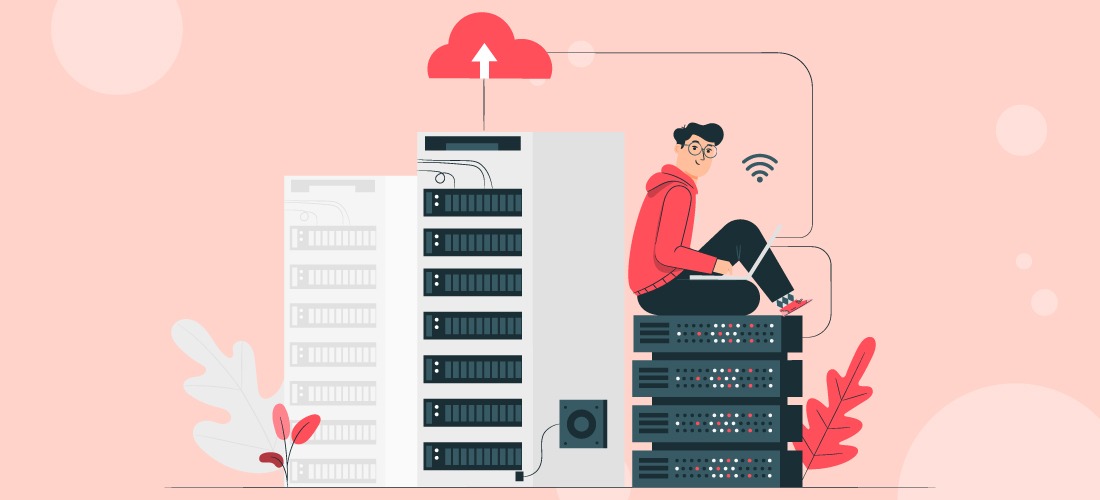
A database is what makes a website or program dynamic. The database is expected to accept the query, get the data, and send it to the app user whenever a user requests the app.
Along with providing information to users, databases are also responsible for accepting new data and editing old data as needed.
Middleware
Middleware is server-side software that connects the front-end and back-end of an application.
It allows the client and server to communicate. It can be divided into several layers, including business and presentation layers.
It allows on-premise and cloud apps to communicate and provide error management and data integration services.
A good middleware solution can help with business process management, user engagement, authentication, content, and content management, among other things.
To begin with, these three components form the foundation of back-end development.
Now, for those who are still with us, let me tell you about the best mobile app back-end technology.
I call them the best since they have been utilized on a large scale for various projects of various sizes.
What is the meaning of back-end mobile app development?
Developers and programmers are frequently observed talking about the front-end and back-end of their programs.
The front-end code is the code that is executed on the client side. The user interface is created by running this code (usually HTML, CSS, and JavaScript) in the user’s browser.
The code that runs on the server is referred to as the back-end. It is in charge of receiving client requests and returning relevant data once the logical processing is completed.
The database contains all of the application’s data and is also part of the back-end. This was all about developing back-end mobile apps.
What are some of the most often used back-end technology stacks?
The MVC pattern (model, view, controller) is used in most back-end designs.
Here’s an overview of a few popular technology stacks that can aid in the creation of a mobile app’s back-end.
Laravel!
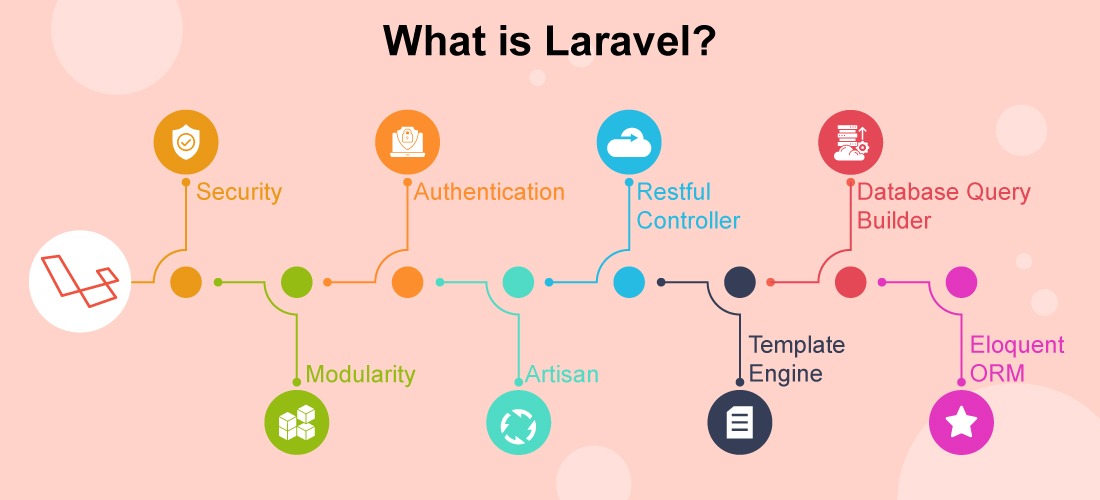
Laravel is a PHP web framework for constructing online applications that is open-source. The architectural pattern is model–view–controller (MVC).
Laravel offers a specialized dependency manager and a modular packaging mechanism. In addition, it has a variety of ways to access relational databases and tools that aid in the deployment and maintenance of applications.
Ruby on Rails!
Ruby on Rails is a Ruby-based server-side web application framework, sometimes known as ROR or Rails.
Rail is a model–view controller (MVC) framework with default database, web service, and web page structures.
It promotes and enables the adoption of web standards for data transfer, such as JSON or XML, and HTML, CSS, and JavaScript for user interaction.
Node.js!
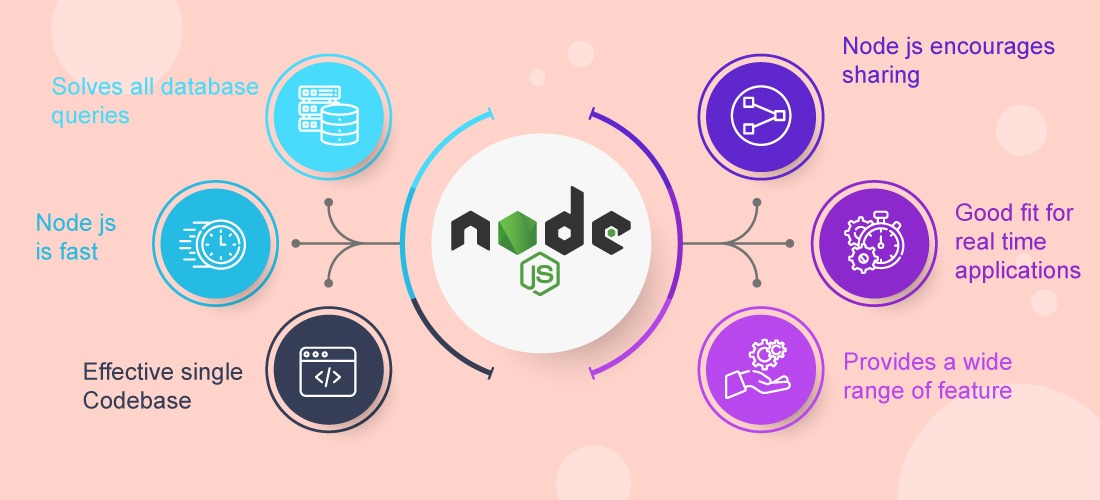
Node.js is a part of the MEAN stack coding language JavaScript and is commonly referred to as Node.
It’s a cross-platform, open-source JavaScript runtime environment for executing JavaScript code outside a web browser.
Django!
The model-template-view (MTV) architectural design is used by Django, a Python-based free and open-source web framework.
Python is a programming language that allows you to write code. Python is a popular data programming language that will enable you to build simple, elegant, and explicit code.
Django comes with several libraries that make it simple to create quick, secure, and reliable online applications.
PHP MVC Frameworks!
For web development, PHP is a commonly used general-purpose programming language. In addition, PHP is one of the most widely used back-end programming languages globally.
Users can also use popular frameworks like Laravel, CodeIgniter, Zend, CakePHP, Symfony, etc.
Final Thoughts
These are some of the fundamentals of developing a back-end mobile app.
By now, you understand the backend development process for a mobile app and why it’s necessary to have one.
For an app to be successful, it must have a robust back-end. Therefore, you must learn and comprehend these back-end mobile app development fundamentals to avoid potential risks.
Read More: MOBILE APP DEVELOPMENT TECHNOLOGIES IN 2021


